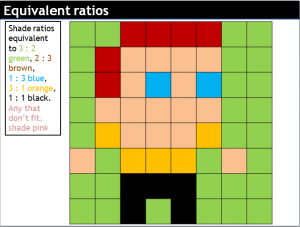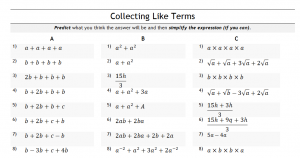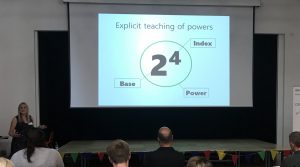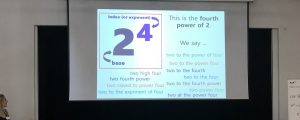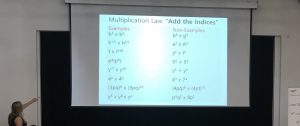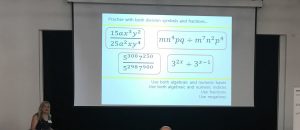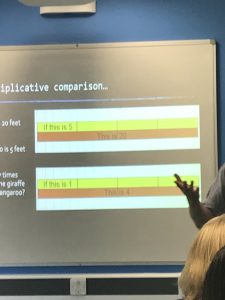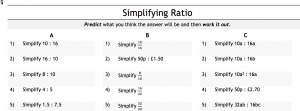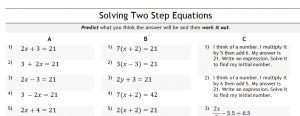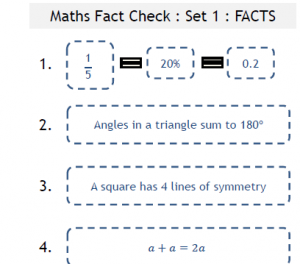This is my biggest set of lesson stuff yet.
The PowerPoint introduces the topic. It sets up some example-problem pairs.
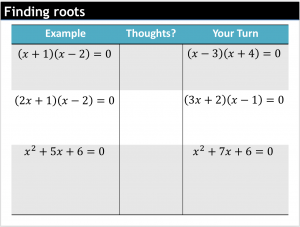
It then leads onto some vary and twist questions, which are available here as Word file.
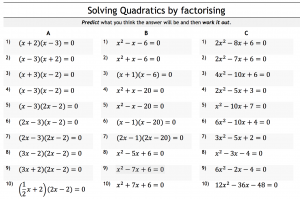
The PowerPoint then goes onto talking about solving when rearranged and includes a Victorian textbook exercise and some questions where you have to find x, given the area of some shapes (this took ages to do. I posted it to Twitter twice. Both times the questions were written wrong. Doh!)
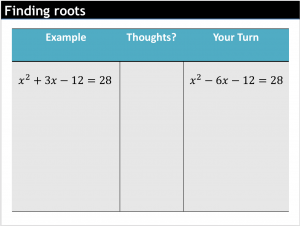
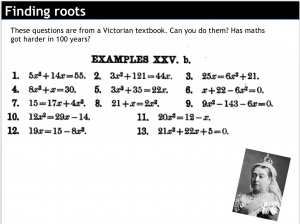
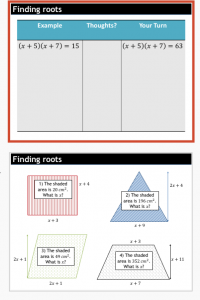
I’ve also included an open middle problem solving thing and a timed learning check, that graduates in difficulty.
Talking about learning checks…I’ve also written some Timed Questions that increase in complexity every 3 questions. I now have over 6000 questions in my Timed Questions database!
As always, comment and critique.
There’s probably 2 lessons of stuff here, easily.
EDIT: One of the area problems was still wrong! Thanks to Professor Smudge for catching that 🙂


